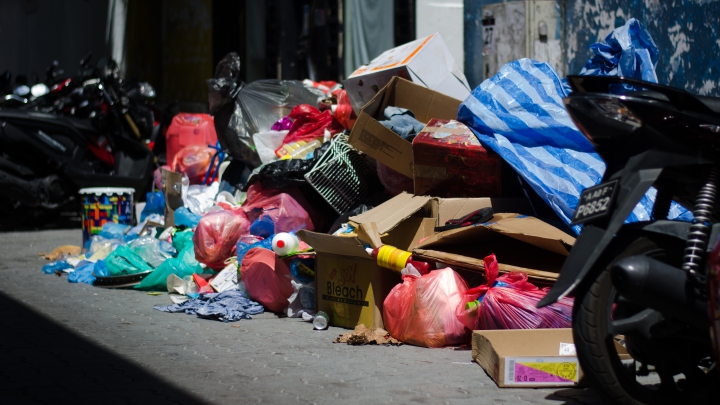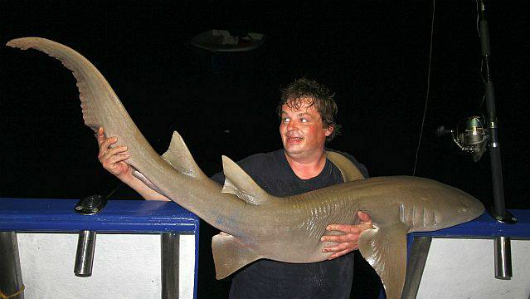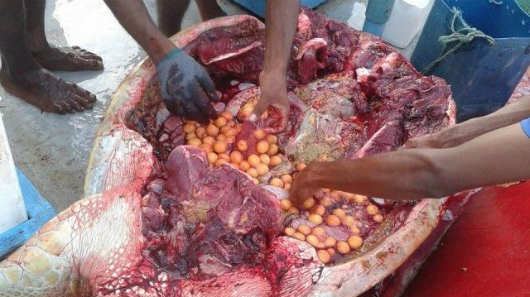Piles of garbage have been left to rot on the streets of Malé days after a housing ministry organized waste disposal program ended.
The housing ministry on June 14 announced it will pick up trash from households between 4pm and 10pm on June 15. The program was announced ahead of the Islamic month of Ramadan.
Officials said households must register to get trash cleared out.
Five days later, several houses are continuing to leave trash on Malé’s narrow and congested streets.
Housing minister Dr Mohamed Muizz has accused the opposition of deliberately thrashing the streets of Malé. On June 18, the first day of Ramadan, Muizz said the waste disposal program was over and said that the opposition has been “throwing out garbage in different areas” of the city to hinder government efforts to “keep Malé clean.”
Male magu thah saafu thaahiru koh sarukaarun balahattamun dhaathee idhikolhu faraaithakun raavaigen dhanee Male ge eki hisaabah kuni alhamun
— Dr.Mohamed Muizzu (@MMuizzu) June 18, 2015
On the same day, the housing ministry released a statement saying it had cleared trash from some 430 registered households on June 15.
“We regret to inform that the ministry will not be throwing out any of the trash being thrown out on the streets from now on.”
However, the ministry on Friday said some 50 staff had helped clear 68 truckloads of “illegal garbage.”
A total of 68 lorries of illegally dumped garbage collected from streets today, by MHI 50 staff,12 vehicles @MMuizzu pic.twitter.com/EOwKC6vQ20
— housing.gov.mv (@HousingGovMv) June 19, 2015
Malé City’s deputy mayor Shifa Mohamed said the housing ministry’s waste disposal program was poorly planned.
“First they say they will throw out the trash a day before they start the program. Two days later, they say not anymore. That is not how people’s behavior works.”
Not everyone is up-to-date on the ministry’s latest announcements, she said. “Some people took out trash they have been keeping inside their homes for more than 8 years.”
The Environment Protection Agency (EPA) has meanwhile announced that it will fine the households that have left garbage on the streets after June 15.
“Throwing out trash in this manner, is illegal under the waste management regulations enforced by the EPA,” read the statement.
Article 11 of the waste management regulation prohibit waste disposal on streets and parks.


